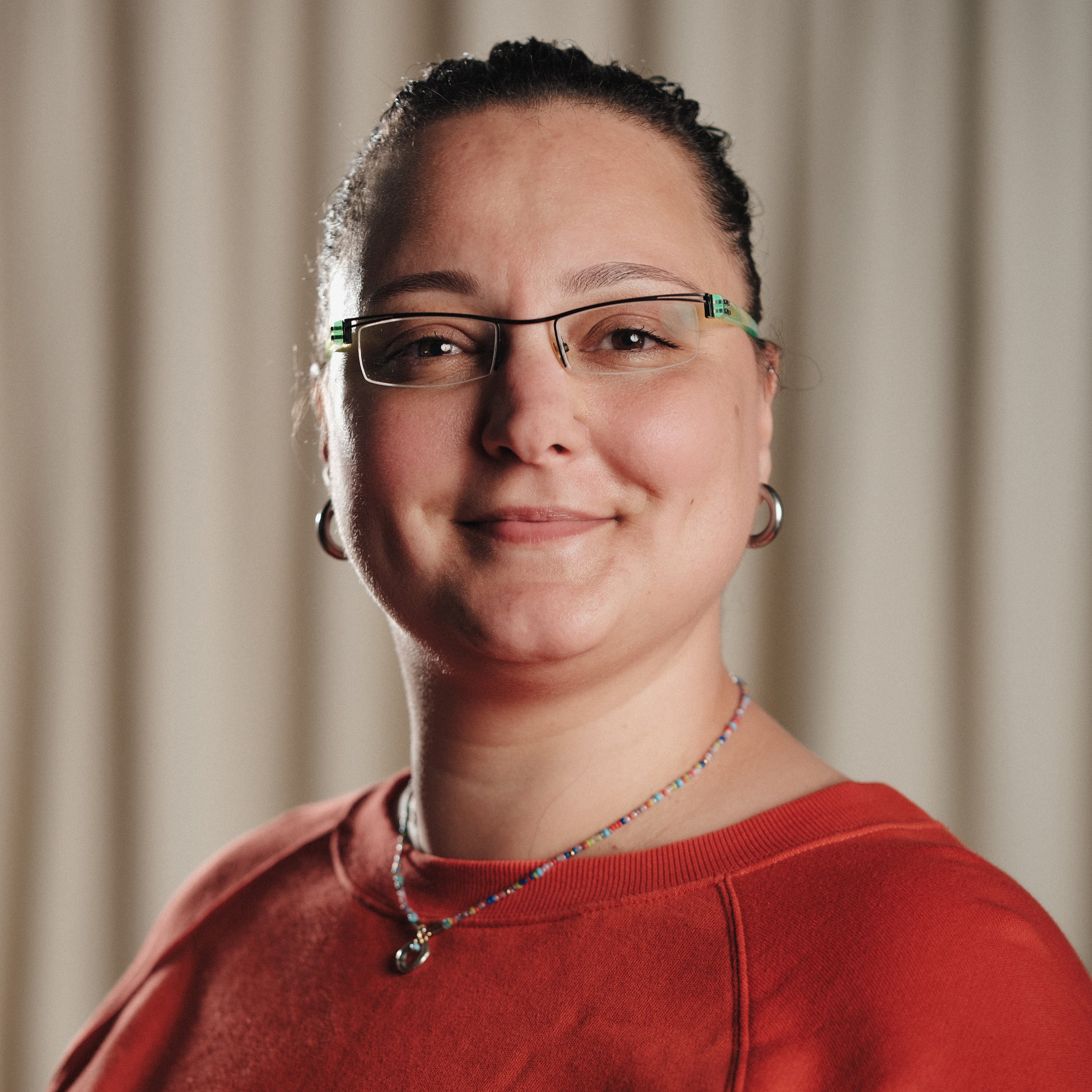Innovation
How to choose the right digital development partner for creating your innovative solutions?

Do you have a digital transformation project or a new digital tool to design? You are probably wondering who can accompany you in this process. A simple Google search reveals that there are numerous companies offering this type of service:
- Web agencies
- Digital service companies (IT service providers)
- Digital agencies
- Freelancers, etc.
All of these companies offer services that may seem similar but are actually quite different. This difference is reflected in the type of support offered, the costs involved, and therefore the quality of the service and solution obtained at the end of the collaboration.
Choosing the right service company is crucial.
So, how do you choose and ensure that you find the agency that will help you meet all your needs perfectly?
Below, we will help you ask the right questions when evaluating the various options available, positioning yourself in the best possible conditions to succeed in your digital project.
Look for a partner, not just a service provider
First and foremost, it is important to understand the differences between a partner and a service provider.
In general:
- A service provider has an obligation to provide the requested deliverable.
- A partner has an obligation to deliver results, ensuring that the deployed solution function effectively and truly meets the identified needs.
As you can see, a partner is much more invested in the quality of their deliverable than a service provider. They can guarantee that the deployed solution will be sustainable and genuinely used by the target users.
Furthermore, since both you and your partner share the same quality objectives, the relationship throughout the project becomes more “human” and genuine.
The + of having a partner:
- Trustworthy relationship
- Better understanding of needs and shared objectives
- Sustainable and functional solution
- Post-delivery support and assistance
Ensure that your partner has the expertise
Not all companies provide the same services.
Those that claim to be able to "do it all" are often more focused on the commercial aspect rather than the quality of their solutions.
Mobile applications, web applications, websites, artificial intelligence, IIoT, robotics, data analytics... There are many domains, and it is important to engage with a company that has the required expertise to meet your specific needs.
Expertise can be assessed based on two criteria:
- Expertise through experience: Similar projects have been developed by the company.
- Expertise through technical skills: The team has the necessary technical abilities and knowledge to address the requirements.
Ideally, you will find an agency that can combine both factors, since a company with experience does not necessarily mean that the team behind the previous project is still intact.
Indeed, it is far more important to focus on the technical competencies of the current team rather than the experience of the entity as a whole. However, the experience of the Tech Lead (the technical reference person of the company) is usually an indicative of the team's skills and the company's capabilities.
A competent team is a reliable asset in the successful execution of your project.
Verify the availability of the team
To successfully complete a complex project, it is crucial to have regular communication with the production team.
While remote collaboration tools are becoming increasingly popular and therefore more advanced, there is nothing like an in-person working session to maximize productivity and ensure that everyone understands the requirements and challenges involved.
We encourage you to choose a local partner or one who commits to regular visits.
The question of staff augmentation?
Yes, many companies, including IT service providers (formerly known as system integrators), offer staff augmentation, which means sending an individual or a team to work at your offices for a defined period.
In our opinion, there are several drawbacks to this practice:
- Lack of management and methodology: Sending individuals or teams without a project manager (PM) does not guarantee the team efficiency and productivity.
- Isolation: The biggest risk is that the person sent to your location may not have chosen their place of work or their assignment. They may be sent to a new location, sometimes against their will, which can have consequences on their well-being and therefore their performance.
- Lack of human touch: In staff augmentation, the business manager recruits individuals based on clients' needs and sends them on assignments. Their sole objective is to maximize profit by optimizing the daily rate. This approach lacks genuine humanity and compassion towards the individuals, focusing solely on their profitability.
Ask for details about their project management methodology
A good methodology is usually an indicator of a successful completion of the upcoming work. Although each person may have their own methodology, there are certain steps/criteria that are necessary to properly carry out a project and achieve the desired results:
- The Discovery Phase
This is the first essential step at the beginning of any project.
During this phase, the teams (both from your digital partner and yours) meet to ensure a thorough understanding of the project scope, user needs, desired MVP features and their evolution, various constraints/limitations, etc.
This allows for the creation of a comprehensive, specification document – prioritization of activities – identification and mitigation of any identified risks – and finally, the implementation of proper working methodologies between the two teams (communication, planning, validation, etc.).
- Agile approach flexibility
Flexibility is the key advantage of working in an Agile mode. If a partner presents their methodology with strict adherence to the Agile approach, it means they haven't yet understood the purpose of this methodology or they are not using it properly.
Agile, particularly SCRUM, is a framework in which we keep what works for the team and stop what slows us down (or doesn't add value). The goal is to continuously deliver value and maintain high productivity.
- Continuous testing
In SCRUM, we conduct what are called sprints, typically lasting two weeks, during which the development teams work on specific features and ask the client to try them out once deployed in a testing environment. This is a way to test and involve the client at the beginning of the process and ensure that the deployed features align with their needs and requirements. Continuous testing significantly reduces the risk of errors (misunderstandings, bugs) and allows end users to understand the product/project at an early stage.
- The adoption phase
Adoption means that end users embrace their new tool and use it correctly. This phase is crucial and allows your partner to measure the success of the project.
During the adoption phase, we offer training sessions with user groups, tailored to their roles and usage, which are recorded for future reference. We also provide video tutorials and documentation to easily find answers to any kind of questions about your tool usage.
- The stabilization phase and post-deployment support
This final stage is often removed from contracts to reduce costs even though it plays a crucial part in the process. Every newly deployed solution needs a stabilization phase to ensure long-term functionality and the absence of bugs. It allows the team to make the necessary adjustments and correct any issues that arise after the tool's delivery and deployment.
Meet the teams
A development project typically lasts several months, sometime, even a full year. It is primarily a collaborative effort between the technical teams and the client teams.
It is important for theses teams to maintain
To ensure the success of a project, it is necessary for both teams to maintain constant communication and foster good relationships. Therefore, it is recommended to meet the project teams before choosing your partner. Having a good feeling about the "fit" of the technical team and a thorough understanding of the challenges and needs will reassure you and envision a great collaboration.
Be cautious with business managers - they are very good at selling but often show little interest in project monitoring and the quality of delivered projects. The teams they showcase may not necessarily be the ones working on your projects, so it is important to remain vigilant regarding their sales techniques.
Step back and consider the costs
Cost is often one of the primary criteria in choosing a partner, and that's understandable! However, it is essential to understand how this cost is structured and, more importantly, what is the value of the desired solution or tool.
To assess the value of your needs, you will, of course, calculate the time and cost savings from such a tool. However, you should also consider how long you intend to use the tool, how many people will use it, and how frequently ? The numbers obtained will give you a good indication of its importance and the price you should be willing to pay for a functional and sustainable solution.
A good product requires a complete development cycle, including an initial discovery phase and a stabilization phase at the end of the project. These two crucial phases incur additional costs but provide guarantees for the proper functioning of the tool and reduce failure costs. Indeed, a poorly designed or poorly deployed tool will result in much higher costs:
- Maintenance costs
- Bug-fixing costs
- Additional feature costs
- Tool redesign costs
- Abandonment costs, etc.
If the proposed cost still seems high to you, it is recommended to reconsider the project scope. Removing a feature is always a better solution than cutting corners on project cycle phases proposed by your partner.
Therefore, taking a step back and understanding how the proposed cost was calculated is always a wise strategy before choosing your partner.
By following these recommendations, you will give yourself the best chances of selecting the right partner for the design and deployment of your new digital tools and ultimately achieving your goals.
At Osedea, although we are driven by technology and innovation, customer satisfaction remains our priority and the key to success.
We position ourselves as true partners to our clients, accompanying them in their digital transformation. We only speak of success or achievement when the deployed solution is genuinely used and brings complete satisfaction to end-users.
That's also why our collaborations with our clients last in time.
→ Do you have an innovative digital project? Do you need support? Or would you simply like to meet us?
Send us a message below, and we will get back to you soon.

Did this article start to give you some ideas? We’d love to work with you! Get in touch and let’s discover what we can do together.



.jpg)



-min.jpg)




